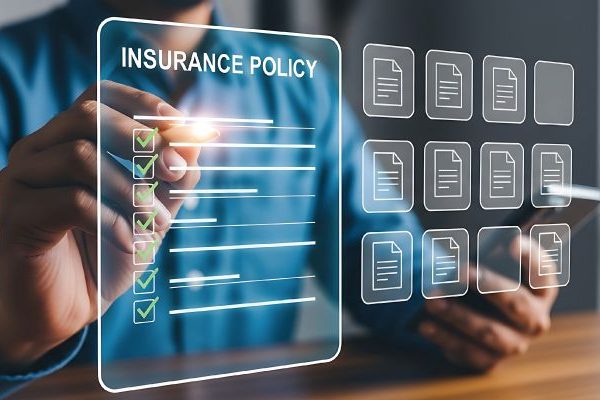This shift emphasizes sustainability, Industry 5.0 — where humans collaborate with advanced technologies, cybersecurity, and talent retention. By integrating these elements, these countries are driving the creation of high-tech manufacturing ecosystems that can adapt to both global demand and local needs.
Is your organization adapting to transformative megatrends shaping the future of the manufacturing industry?
Strategic Approaches for Navigating Manufacturing Challenges
The manufacturing industry worldwide is facing critical challenges as it adapts to evolving dynamics. Within this complex landscape, several key issues arise, each offering opportunities for strategic growth and innovation:
Supply Chain Disruptions: Geopolitical instability and extreme weather events have led to major supply chain disruptions, causing delays and inflating production costs. To overcome these challenges, manufacturers are re-evaluating sourcing strategies by diversifying suppliers and increasing local sourcing, which enhances resilience and reduces risk.
High Initial Investment Costs: The upfront costs of implementing digital technologies present a barrier, especially for smaller manufacturers. By exploring financing options, forming strategic partnerships, or gradually implementing technologies, companies can ease financial pressures and drive innovation through shared resources.
Cybersecurity Risks: As digital transformation accelerates, cybersecurity threats loom large. The increasing reliance on technology has made manufacturers more vulnerable, necessitating heightened attention to security measures. Investing in robust security protocols and employee training could help mitigate risks and protect sensitive data.
How is your organization leveraging strategic imperatives to tackle supply chain disruptions and drive growth?
Accelerating Manufacturing by Harnessing the Growth Pipeline
While the global manufacturing industry faces short-term challenges, a growth pipeline is emerging, fueled by sustainable practices and advanced technologies.
In the Americas, the US has announced a transformative $50 billion incentive under the CHIPS Act, aimed at boosting semiconductor R&D and manufacturing capacity. This initiative not only fosters innovation but also seeks to reduce dependency on foreign supplies. Across the Asia-Pacific, countries like India and Vietnam are leveraging their competitive labor costs and strong policy support to attract investments in the semiconductor and electronics domains. The Semicon India Program, for instance, focuses on building a self-sufficient manufacturing ecosystem.
China’s Manufacturing Landscape
China maintains its position as a global leader, ranking highest on both the Growth and Innovation Indexes. However, increasing government debt and a shrinking working-age population present substantial challenges to its long-term manufacturing appeal. While initiatives like lifting foreign investment restrictions aim to boost confidence, the momentum of the China+1 strategy is prompting companies to diversify their manufacturing bases. Additionally, despite its dominance in rare earth minerals and efforts in AI standardization, these factors may not be enough to counterbalance the pressures of high costs and labor shortages, potentially diminishing China’s edge in the global manufacturing arena.
As industry leaders adapt their strategies to align with these shifting dynamics, a bright future with substantial opportunities for growth lies ahead.
What best practices is your organization adopting to harness emerging growth opportunities in manufacturing?
In conclusion, the manufacturing industry is entering a pivotal era defined by innovation and resilience. Companies that prioritize eco-friendly initiatives such as waste reduction and energy efficiency are not only enhancing operational capabilities but also meeting rising consumer demand for sustainability.
By harnessing disruptive technologies such as the Internet of Things (IoT) and artificial intelligence (AI), manufacturers are achieving unprecedented levels of productivity and efficiency. Additionally, strategic partnerships — whether with technology firms to drive innovation or supply chain partners to enhance agility — are essential for effectively navigating the complexities of today’s manufacturing landscape.
About Frost & Sullivan
Frost & Sullivan, the growth pipeline company, helps clients accelerate growth and achieve industry leadership through innovative strategies and best practices. Our ‘Growth Pipeline-as-a-Service’ provides transformative strategies for evaluating and implementing growth opportunities in the power and energy sector. Let us guide you on your transformational journey with four powerful components:
- Schedule a Growth Dialog to explore transformative strategies and address specific needs within your organization.
- Become a Frost Growth Expert in your specialization and contribute your expertise through our think tanks.
- Join Frost & Sullivan’s Growth Council to be part of a dynamic community focused on identifying growth opportunities and tackling critical industry challenges.
- Designate Your Company as a Companies to Action to enhance exposure to investors, M&A opportunities, and other growth prospects.





